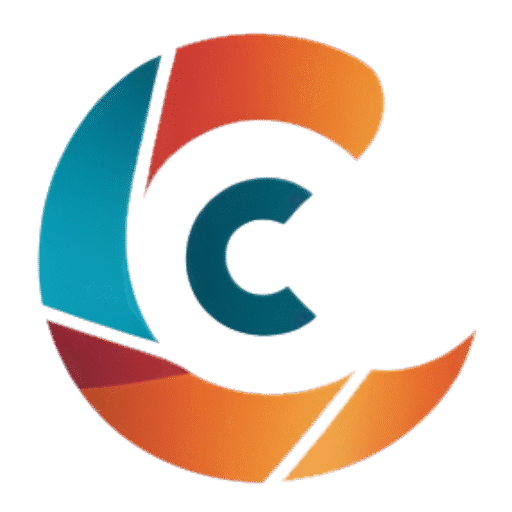Your cart is currently empty!
Why porn addiction is so hard to quit?
Here’s a clear, stigma-free guide you can post. I’ve used “porn addiction” because it’s the common phrase people search for, but you’ll also see clinical terms like problematic pornography use (PPU) and compulsive sexual behavior disorder (CSBD) in the research.
1) How porn addiction works
“Porn addiction” describes a pattern of compulsive use: people feel strong urges, struggle to cut back, and keep watching despite harm. Clinically, these problems often fall under PPU, which is the most common presentation of CSBD in the WHO’s ICD-11. A key idea is impaired control over urges/behavior that causes distress or life impairment—this isn’t about having a “high libido” by itself. PMC+1
Under the hood, three processes typically interact:
- Reward learning & cues: Porn uses variable novelty and anticipation, which strongly engage the brain’s reward learning; over time, cues (time of day, device, mood) can trigger craving.
- Habit loops: Repetition ties stress/boredom → urge → viewing → short-term relief.
- Negative reinforcement: People return to escape emotions (stress, loneliness, shame), which strengthens the loop.
2) Why it’s hard to quit
- Cue-triggered cravings (same room, same sites, late-night scrolls).
- Relief from uncomfortable feelings (stress, anxiety), so stopping can temporarily increase discomfort before it gets better.
- Instant access (the “triple-A” of the internet: accessibility, affordability, anonymity).
- Moral incongruence & shame: Guilt can paradoxically fuel the cycle rather than fix it. Verywell Health+1
3) How many people are addicted to porn?
Estimates vary depending on whether we ask about self-perceived addiction or measure PPU risk:
- Self-perceived addiction (U.S. national sample): ~11% of men and 3% of women say they feel addicted to pornography. PMC
- At-risk for PPU across 42 countries (International Sex Survey): roughly 3.2%–16.6% of people, depending on the measure and population sampled. PubMed+1
Important nuance: not all heavy users meet criteria for a disorder; diagnosis focuses on impaired control and life impact. PMC
4) What are the impacts?
Impacts differ widely, but research links PPU with:
- Mental health: higher depressive/anxiety symptoms and psychological distress (correlational; not always causal). Taylor & Francis Online+1
- Functioning & relationships: secrecy, conflicts, missed obligations, reduced intimacy, financial/time costs. Mayo Clinic
- Sexual well-being: some report reduced satisfaction or performance concerns; findings vary across studies. Taylor & Francis Online
5) How do people develop fetishes or seek “alternative” styles?
Two common, non-moralizing mechanisms:
- Conditioning & novelty: Pairing arousal with particular themes or scenarios can condition strong preferences. Novel content boosts attention and reward, which can drift tastes over time.
- Incentive sensitization: Repeated cue-reward cycles can heighten “wanting” for specific cues/themes, even if “liking” doesn’t rise as much. (This is a general model used to explain compulsive reward-seeking.) Nature
Note: Developing a preference or kink isn’t automatically a problem; it’s the loss of control and harm that define PPU/CSBD. PMC
6) How to get rid of porn addiction (a practical plan)
A) Build skills and structure
- Trigger mapping: List your top triggers (time, place, device, emotions). Create if-then plans (e.g., “If I’m alone late at night, I move to the living room and start my playlist/podcast”).
- Delay & surf urges: Practice 10–20 minute “urge surfing” instead of white-knuckling; cravings peak and fall.
- Replace the loop: Pre-plan quick alternatives that change state fast (cold shower, 20 squats, 5-minute walk, call a friend).
- Friction on devices: Use DNS/Router filters, app/site blockers, or accountability software on all screens; remove private-browsing shortcuts; charge phones outside the bedroom.
- Sleep, exercise, and stress care: Fatigue, isolation, and stress are high-risk states.
B) Evidence-based therapies
- CBT or ACT to restructure triggers, core beliefs, and avoidance; mindfulness-based relapse prevention has early support for CSBD. Seek clinicians experienced with CSBD/PPU. Mayo Clinic
- A 2025 meta-analysis suggests psychotherapy helps reduce PPU symptoms, though methods and quality vary—promising but still developing. PMC
C) Social support
- Peer groups (e.g., therapist-led groups; some people also use 12-step fellowships).
- Partner communication using boundaries and transparency rules that protect both recovery and the relationship.
D) Measure and iterate
- Track streaks, triggers, mood, and sleep; review weekly.
- If there’s co-occurring depression, anxiety, ADHD, or substance issues, address those—they often maintain the cycle. (Talk to a GP or mental health professional.)
Key takeaways
- The clinical focus today is on problematic pornography use (PPU) and CSBD—conditions defined by impaired control and harm, not mere frequency. PMC
- Prevalence estimates range roughly 3%–17% at risk (international) and ~11% of men / 3% of women self-perceiving addiction in a U.S. sample. PubMed+2researchonline.jcu.edu.au+2
- Quitting is hard because of cue-craving loops, negative reinforcement, instant access, and shame—but structured skills, therapy, and support work.


Leave a Reply